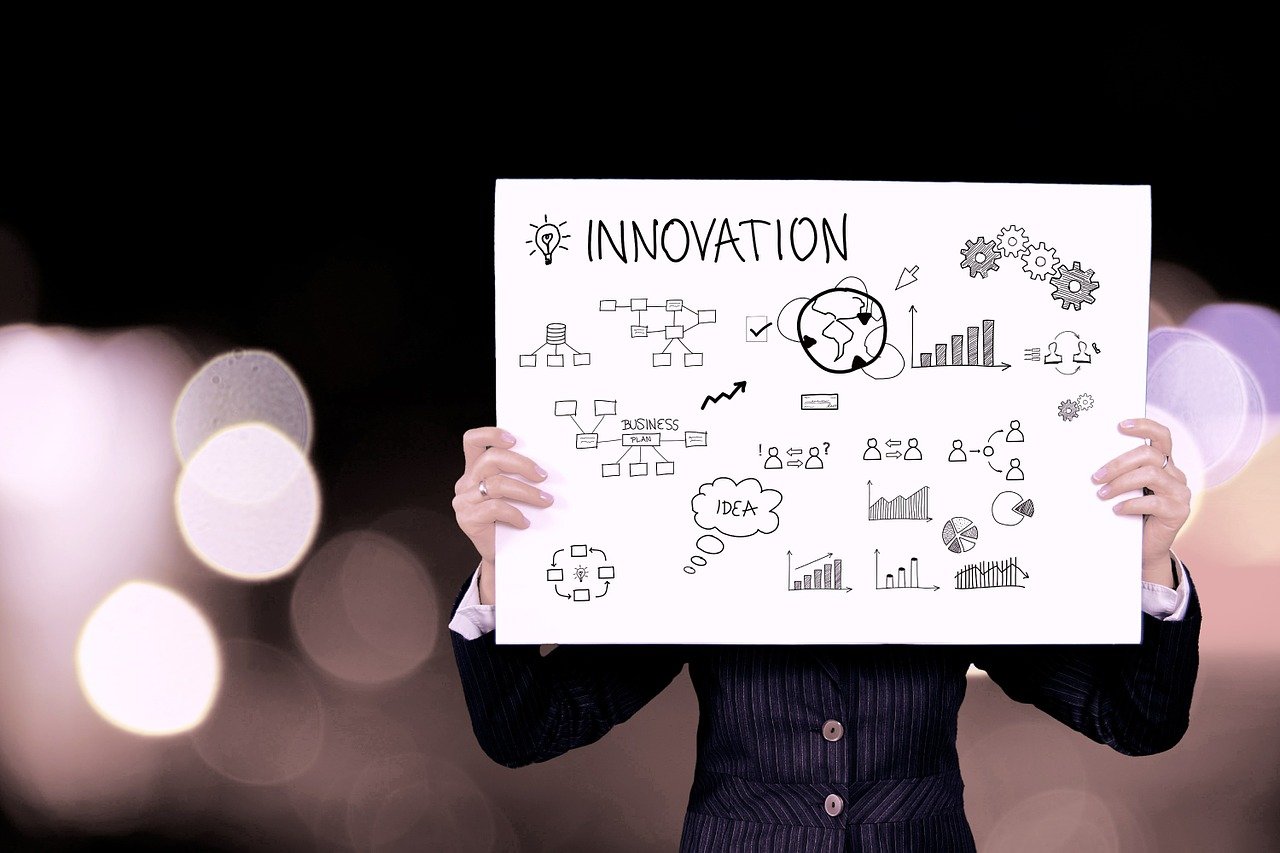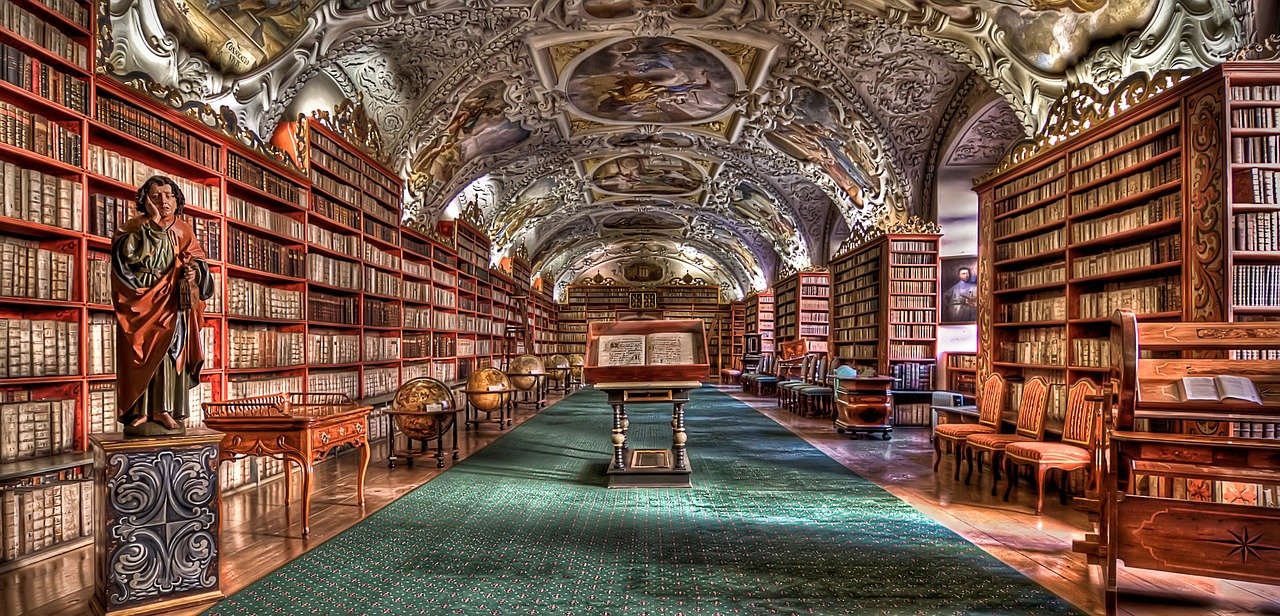Author: admin
Socratic Innovation
The way we think about the future has immense influence and impact on both our professional and personal lives.
Limits to Knowing
October 05, 2011 / The way we think about the future has immense influence and impact on both our professional and personal lives.
The ultimate freedom: beyond time
Madan is a consultant and author from Bangalore. He is the editor of the five book series: “The Asia Pacific Internet Handbook”, “The Knowledge Management Chronicles,” “AfricaDotEdu,” “World of Proverbs,” and “The Global Citizen.”
Burning Issues: Globalization
Madan is a consultant and author from Bangalore. He is the editor of the five book series: “The Asia Pacific Internet Handbook”, “The Knowledge Management Chronicles,” “AfricaDotEdu,” “World of Proverbs,” and “The Global Citizen.”
Burning Issues: Waste / Pollution
Club of Amsterdam: Industrialized countries generate more than 90 per cent of the world’s annual total of some 325-375 million tons of toxic and hazardous waste.
Burning Issues: Economy / Stock Market / Poverty
Hardy is a strong team builder, entrepreneur, accomplished scientist and visionary theoretical thinker with extensive people and public relation skills.
Burning Issues: Climate Change / Sustainability (2)
His new book is entitled “Consumptionomics: Asia’s role in Reshaping Capitalism and Saving the Planet.”
Burning Issues: Climate Change / Sustainability (1)
Club of Amsterdam: Sustainable area development needs to tackle the core environmental issues related to – amongst others – mobility, housing, consumption, connectivity.








